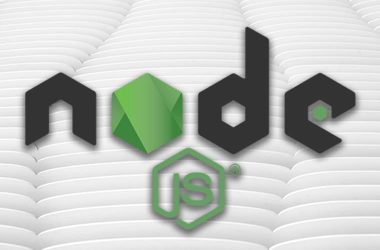In today’s digital landscape, consistency and efficiency are paramount for creating successful products. Enter design systems: a centralized hub of reusable UI components, code snippets, design guidelines, and best practices. A well-implemented design system acts as the backbone for a cohesive user experience (UX) across all an organization’s digital products.
Benefits of a Robust Design System:
- Consistency: Ensures a consistent look and feel across all applications, fostering brand recognition and a familiar user experience.
- Efficiency: Reduces design and development time by providing pre-built components and code snippets, allowing teams to focus on innovation instead of reinventing the wheel.
- Scalability: Facilitates the creation of new products and features faster and more efficiently, as the design system provides a foundation for future iterations.
- Reduced Maintenance: Centralized updates to the design system ensure all products reflect the latest design standards and branding, minimizing maintenance efforts.
- Improved Collaboration: Provides a shared language and reference point for designers, developers, and product managers, fostering communication and collaboration.
Building a Thriving Design System:
- Start with a Strong Foundation: Clearly define the purpose, scope, and governance model of your design system. Who will champion it? How will it evolve?
- Focus on Core Components: Prioritize building a library of essential UI components that cater to most use cases. This creates a solid foundation for future expansion.
- Detailed Documentation is Key: Invest in comprehensive documentation that’s easy to understand and navigate. This includes code examples, usage guidelines, and best practices.
- Embrace Version Control: Implement a version control system like Git to track changes, maintain a history of iterations, and facilitate collaboration.
Strategies for Long-Term Success:
- Modular Design: Break down your design system into smaller, independent modules. This allows for easier updates and customization for specific product needs.
- Community Building: Foster a design system community within your organization. Encourage participation from designers and developers to share feedback and contribute to the system’s ongoing development.
- Embrace Automation: Leverage automation tools for repetitive tasks like code generation and asset management. This frees up design and development resources for more strategic work.
- Data-Driven Decisions: Track usage data to understand how your design system components are being used. This data can inform future improvements and identify areas for optimization.
Scaling Your Design System for Different Teams:
- Tailored Documentation: Develop targeted documentation for different audiences (designers, developers, product managers). Focus on providing the most relevant information for each user group.
- Training and Workshops: Offer ongoing training and workshops to educate stakeholders on the design system’s functionalities, best practices, and how to contribute effectively.
- Accessibility First: Ensure your design system prioritizes accessibility from the outset. This ensures your products are usable by everyone, regardless of ability.
The Future of Design Systems:
- AI-powered Assistance: Artificial intelligence can be used to automate tasks like design system compliance checks and pattern identification, further streamlining the design and development process.
- Integration with Design and Development Tools: Expect deeper integration between design systems and popular design and development tools, fostering a more seamless workflow.
- Focus on Developer Experience: As design systems evolve, developer experience (DX) will become increasingly important. Prioritize creating a system that is easy for developers to understand, implement, and maintain.
Conclusion:
Design systems are not static entities, but rather living organisms that evolve alongside your products and users. By following these insights and strategies, you can cultivate a design system that empowers your teams, ensures brand consistency, and fuels long-term design efficiency within your organization. Remember, a thriving design system is a collaborative effort that will ultimately lead to a more cohesive and successful digital ecosystem.





